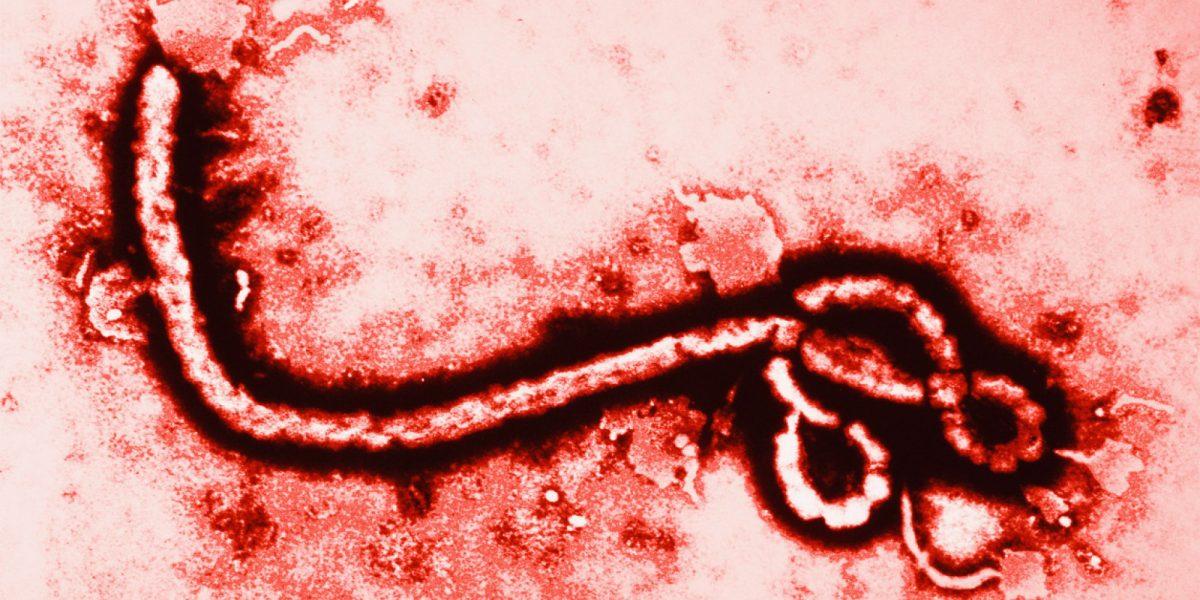The Ebola Paranoia
Byline: 6 Questions and Answers About Ebola That Everyone Should Know
By: Aditya Uppuluri
One of the main highlights of the news in the past few weeks has been about Ebola. What started out as a viral disease in West Africa made its way to the US, igniting fears of an outbreak.
On September 30, 2014, doctors at the Texas Health Presbyterian Hospital in Dallas announced that the hospital was treating Thomas Duncan, the first case of Ebola diagnosed in the United States. Mr. Duncan recently came over from Liberia after coming into contact with the virus. It is suspected that he came into contact with 100 people while the virus was in him.
Most recently, there has been an Ebola scare at Newark Airport. On Saturday, October 4, 2014, a passenger traveling from United Flight 988 from Brussels was taken to University Hospital after he showed symptoms of Ebola. The man and his daughter are from Liberia and were both escorted by HazMat Agents while the passengers on the flight were all instructed to remain in the plane until further notice.
Once the individuals were at University Hospital, the emergency room stopped taking in new patients for four hours. Finally, Center for Disease Control officials told the passengers that they could all leave the plane after health officials confirmed that the passengers were safe. As they left, the passengers were given instructions on how to contact help if necessary. The panic has since subsided after officials revealed that the man in question did not have Ebola.
Ebola is deadly. It is understandable that people are concerned, but there is no reason for paranoia. Knowing more about the disease and its virus, we as a community can stay healthy and avoid unnecessary concern.
What is Ebola?
Ebola is a hemorrhagic fever that is caused by one of five subtypes of Ebolaviruses. A hemorrhagic fever is generally caused by viruses and leads to uncontrolled bleeding. As explained, there are five subtypes of Ebolaviruses: Ebola-Zaire, Ebla-Sudan, Ebola-Reston, Ebola-Bundibugyo, and Ebola-Tai Forrest. These viruses were named based on where they first appeared. Ebola-Zaire is the deadliest with a 70 to 90 percent fatality rate, and it is the one that has caused concern in the past few months.
What are the Symptoms of Ebola?
The first symptoms of Ebola are fever, fatigue, muscle pain, headaches, and a sore throat. The next stage brings diarrhea, vomiting, rashes, impaired kidney and liver functions, and sometimes internal and external bleeding.
Herein lies one of the problems: the initial symptoms of Ebola are almost indistinguishable from less dangerous and treatable conditions such as the flu, typhoid, and other common bacterial infections. Additionally, it might take 2 to 21 days from exposure to the virus for the individual to begin showing symptoms of Ebola.
How is Ebola transmitted?
In West Africa, people believe that Ebola comes from contact with infected animals such as chimpanzees, fruit bats and bush meat. Once the virus has infected an individual, the virus enters the cell and releases its viral RNA. Once the symptoms begin appearing, Ebola can spread from one person to another through contact of bodily fluids and items such as used needles. One important note is that the individual MUST BE SYMPTOMATIC in order to spread the Ebola. According to Dr. Seema Yasmin, Ebola is not as contagious and hardy as other viruses because it requires direct contact to spread.
Can Ebola be spread through the air?
No. Ebola is not an airborne disease.
Can we cure an individual with Ebola?
No. At the moment, there is no cure or vaccine for Ebola. However, certain drugs are being developed. The only means of treating an individual is to manage the symptoms (i.e. intravenous fluids using an IV, maintaining proper blood pressure and vital signs, and managing other conditions as they occur).
In the cases of Nancy Writebol and Kent Brantly, two doctors that contracted Ebola in West Africa, an experimental drug ZMapp was administered; because of this drug, the two doctors recovered. This drug is not currently on the market because it has not been through clinical trials on humans.
What now?
Humanity has been able to combat every Ebola outbreak in history and it can do the same now. The diligence of the Center for Disease Control and the dedication of the healthcare community will be the keys to dealing with the outbreak. As informed individuals, what we can do is take care of our bodies.
Ebola is not the only virus going around, and the best way to avoid getting sick is to practice proper hygiene. such as thoroughly washing your hands, eating healthy, using hand sanitizer, covering your sneezes and coughs using the elbow, and staying away from others if you suspect that you are sick.



























